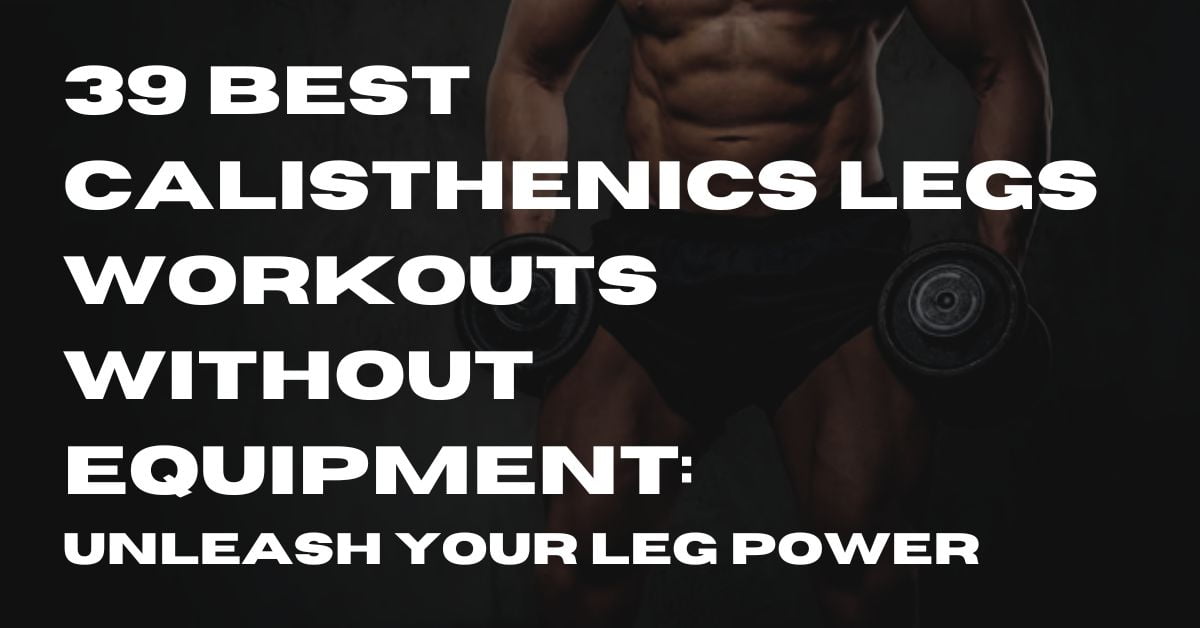Are you ready to sculpt powerful, toned legs without the need for fancy gym equipment or weights? If the answer is a resounding “yes,” you’re in for a treat.
In this comprehensive guide, we’re about to embark on a journey through 39 incredible calisthenics leg workouts.
These workouts, often referred to as bodyweight exercises, are not only equipment-free but also highly effective for building lower body strength and endurance.
Whether you’re a fitness enthusiast or just starting on your wellness journey, these real-world, engaging exercises will help you achieve your leg-day goals.
So, let’s dive into the world of bodyweight leg workouts and get those legs moving.
Understanding The World of Calisthenics
What is Calisthenics?
Calisthenics, often referred to as bodyweight workouts, is a dynamic and versatile form of exercise that relies solely on the resistance provided by your own body.
It’s the art of using your body’s weight to build strength, flexibility, and endurance through a wide range of movements and exercises.
These exercises can be as simple as push-ups, pull-ups, squats(Calisthenics PPL Split) , or planks, or as complex as advanced gymnastic maneuvers like muscle-ups and handstands.
Calisthenics offers a holistic approach to fitness, enhancing not only your physical strength but also your balance, coordination, and overall athleticism. With no need for fancy equipment or heavy weights, calisthenics empowers individuals of all fitness levels to sculpt lean, functional bodies through the power of bodyweight exercises.
For a deeper understanding of calisthenics and its benefits, you can explore reputable sources such as the American Council on Exercise or Bodybuilding.com, which offer comprehensive insights and guidance on this engaging fitness discipline.
The Benefits of Calisthenics
Calisthenics, often known as bodyweight workouts, offers a plethora of advantages that cater to individuals of all fitness levels.
Here are seven unique points that highlight the remarkable benefits of incorporating calisthenics into your fitness routine:
Full-Body Functional Fitness:
Calisthenics engages multiple muscle groups simultaneously, promoting functional strength.
Research from the Journal of Strength and Conditioning Research suggests that compound movements like push-ups and pull-ups improve overall functional fitness, making daily activities easier and more efficient.
Enhanced Flexibility:
Many calisthenics exercises involve dynamic stretching, which can contribute to improved flexibility.
Regular practice of bodyweight exercises like yoga-inspired poses can lead to a greater range of motion, as demonstrated in a study from the Journal of Strenght and Conditioning Resarch.
Increased Muscle Definition:
Calisthenics can help you achieve that sculpted, toned look without the need for heavy weights.
Research published in the Journal of Human Kinetics has shown that bodyweight exercises can lead to muscle hypertrophy and definition, especially when incorporated into a well-rounded fitness routine.
Improved Balance and Coordination:
Performing bodyweight exercises often requires a high degree of balance and coordination.
As noted in a study from the Journal of Nanomaterial, the balance demands of calisthenics can enhance proprioception and overall stability.
Low Cost and Accessibility:
Unlike gym memberships or specialized equipment, calisthenics requires minimal financial investment. All you need is your body and a safe space to exercise.
This accessibility ensures that anyone, regardless of their budget, can engage in this form of fitness.
Injury Prevention:
Calisthenics emphasizes controlled, bodyweight movements, reducing the risk of injury associated with heavy weights or complex machinery.
A study in the Journal of Orthopaedic & Sports Physical Therapy highlights the safety and injury-prevention benefits of bodyweight exercises.
Mental Wellbeing:
Engaging in calisthenics can also boost mental wellbeing.
A report from the American Psychological Association highlights the positive impact of exercise on mental health, including reduced stress and improved mood.
Calisthenics, with its varied and engaging movements, can be an enjoyable way to reap these mental health benefits.
Why Calisthenics for Legs?
Calisthenics is the ideal choice for your leg workout, offering simplicity and efficiency without the need for costly gym equipment.
This bodyweight workout method focuses on functional strength, ensuring that the strength you gain directly benefits your daily activities.
With a wide range of exercises, calisthenics is versatile, adaptable for all fitness levels, and promotes balanced muscle development while reducing the risk of injury. It enhances athletic performance, all while being low-impact and accessible anywhere.
Whether you’re a beginner or a fitness enthusiast, calisthenics provides an engaging and practical way to sculpt strong and toned legs.
Safety First: Proper Form and Common Mistakes
Safety is paramount in any fitness journey, and understanding the right techniques and avoiding pitfalls can make all the difference in achieving your goals, including weight loss with calisthenics.
Here’s a real-world look at how to stay safe while you work out:
- Begin with the Basics: Before diving into advanced moves, master the fundamentals. Proper push-ups, squats, and planks are the foundation of calisthenics. They build strength, stability, and control that you’ll need for more challenging exercises.
- Mind Your Posture: Maintaining correct posture is key. Keep your spine neutral, engage your core, and align your body during each exercise. Poor posture can lead to injuries and diminish the effectiveness of your workout.
- Full Range of Motion: Perform exercises through their full range of motion. Whether it’s a deep squat or a complete push-up, this ensures that you engage the targeted muscles fully and reduce the risk of overuse injuries.
- Don’t Rush: Calisthenics is not about speed; it’s about control. Rushing through exercises often leads to poor form and potential injuries. Focus on proper execution rather than the number of reps.
- Breathe Right: Proper breathing is often overlooked. Inhale during the easier part of an exercise, and exhale during the more challenging phase. Controlled breathing helps maintain stability and avoid dizziness.
- Avoid Overtraining: Rest is just as crucial as exercise. Overtraining can lead to fatigue, and injuries, and hinder weight loss progress. Listen to your body and allow it to recover.
- Gradual Progression: Don’t leap into advanced exercises too soon. Progress gradually, and make sure you can comfortably perform easier variations before moving to harder ones. This reduces the risk of overexertion and improper form.
- Be Cautious with Repetitions: While high reps can be effective, avoid excessive repetitions. Fatigue can lead to sloppy form, increasing the risk of injury. Quality over quantity is the key.
- Warm-Up and Cool Down: Always warm up before your workout to increase blood flow and prepare your muscles. Similarly, cool down with stretches to improve flexibility and reduce muscle soreness.
- Seek Guidance: If you’re new to calisthenics, consider working with a trainer or attending classes to learn proper form. They can offer valuable insights and help prevent common calisthenics workout mistakes.
- Common Calisthenics Workout Mistakes: Common mistakes include arching your back during push-ups, rounding your lower back during planks, and allowing your knees to cave in during squats. These errors not only reduce the effectiveness of your workout but also pose injury risks.
- Insider Tips for Weight Loss Success with Calisthenics: When aiming for weight loss with calisthenics, remember that diet plays a crucial role(*). Combine your workouts with a balanced diet that includes a calorie deficit, lean proteins, whole grains, and plenty of fruits and vegetables. Stay consistent, stay hydrated, and monitor your progress to stay on track toward your weight loss goals.
39 Calisthenics Leg Workouts
Squats
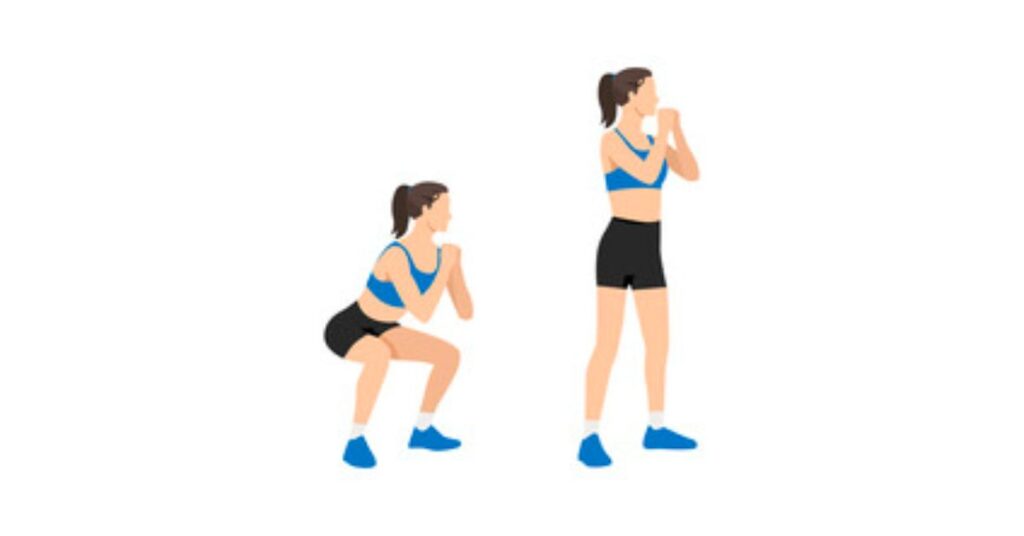
Steps:
- Stand with feet shoulder-width apart.
- Bend your knees and hips to lower your body.
- Keep back straight and chest up.
- Return to starting position.
Benefits:
- Targets quads, hamstrings, and glutes.
- Enhances lower body strength and functional fitness.
Lunges
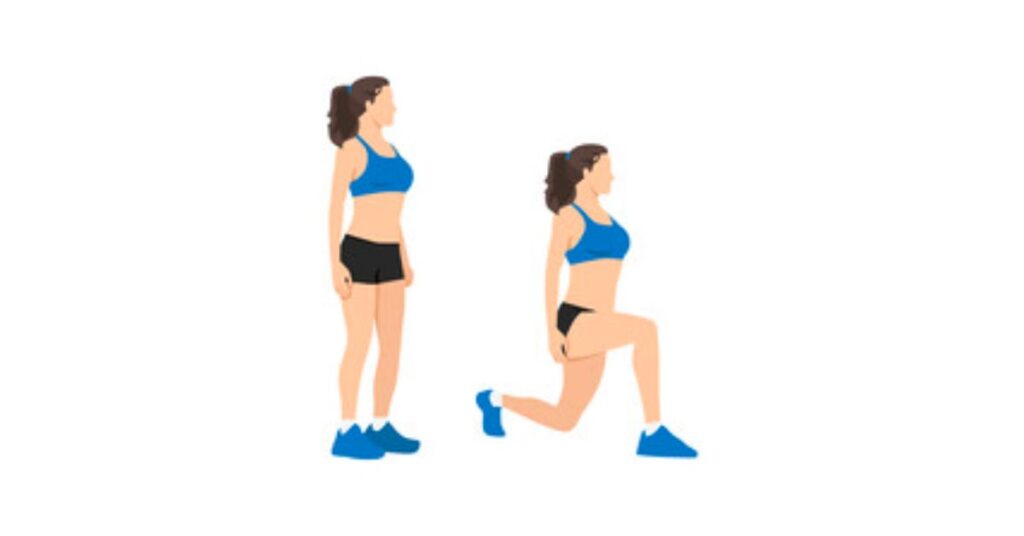
Steps:
- Step forward with one leg.
- Bend both knees until the back knee nearly touches the ground.
- Push back to the starting position.
- Repeat with the other leg.
Benefits:
- Works quads, hamstrings, and glutes.
- Improves balance and coordination.
Pistol Squats
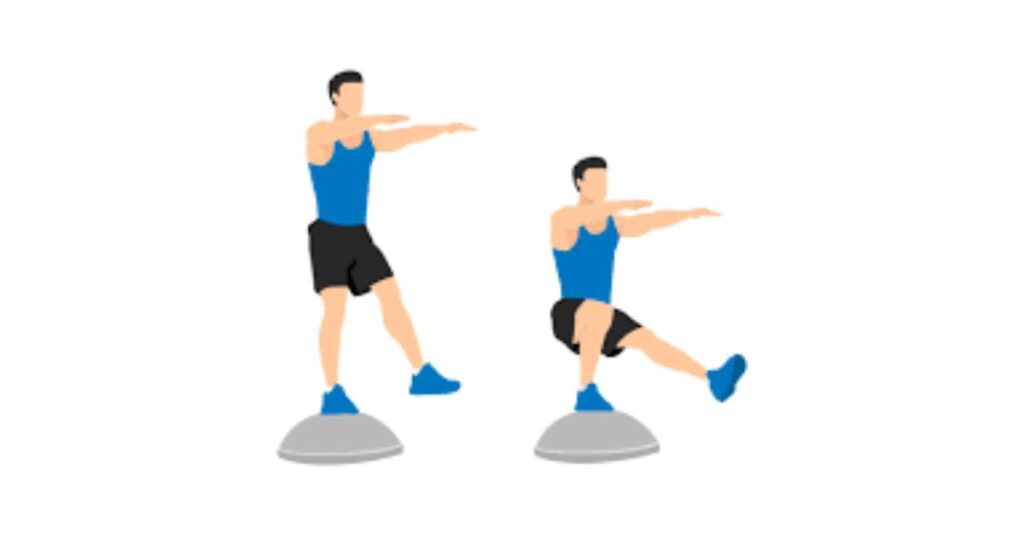
Steps:
- Balance on one leg.
- Extend the other leg in front.
- Lower your body on one leg.
- Return to the standing position.
Benefits:
- Develops leg strength and balance.
- Challenges mobility and flexibility.
Bulgarian Split Squats
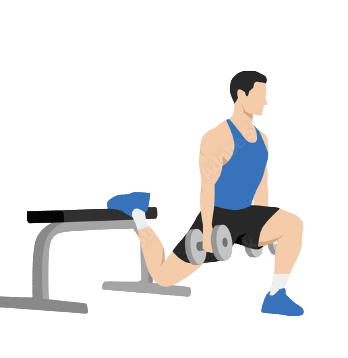
Steps:
- Stand facing away from a bench.
- Place one foot behind on the bench.
- Lower your body until your back knee touches the ground.
- Return to the starting position.
Benefits:
- Targets quads, hamstrings, and glutes.
- Enhances unilateral leg strength.
Wall Sits
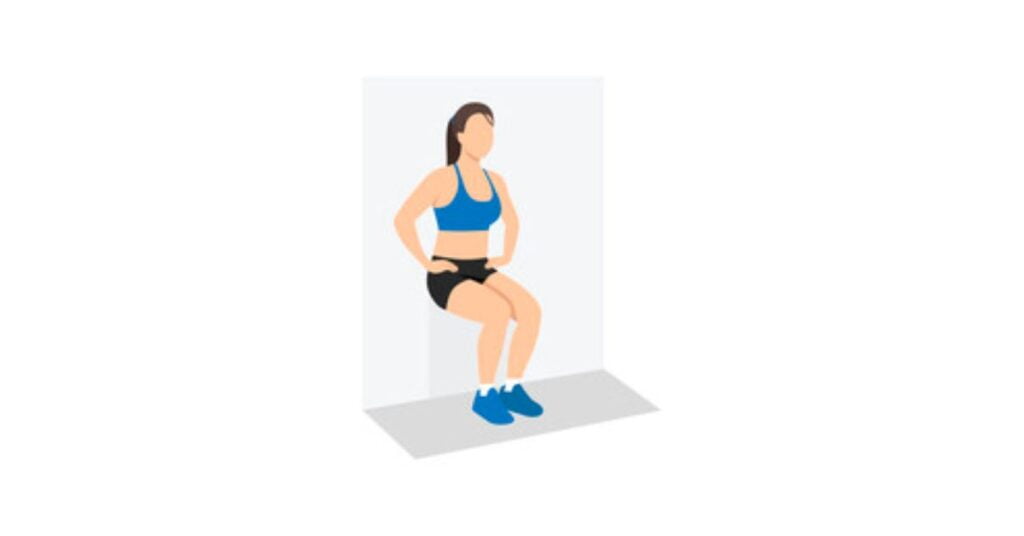
Steps:
- Lean against a wall with knees at a 90-degree angle.
- Hold this position as long as possible.
Benefits:
- Builds isometric strength in quads and calves.
- Improves muscular endurance.
Calf Raises
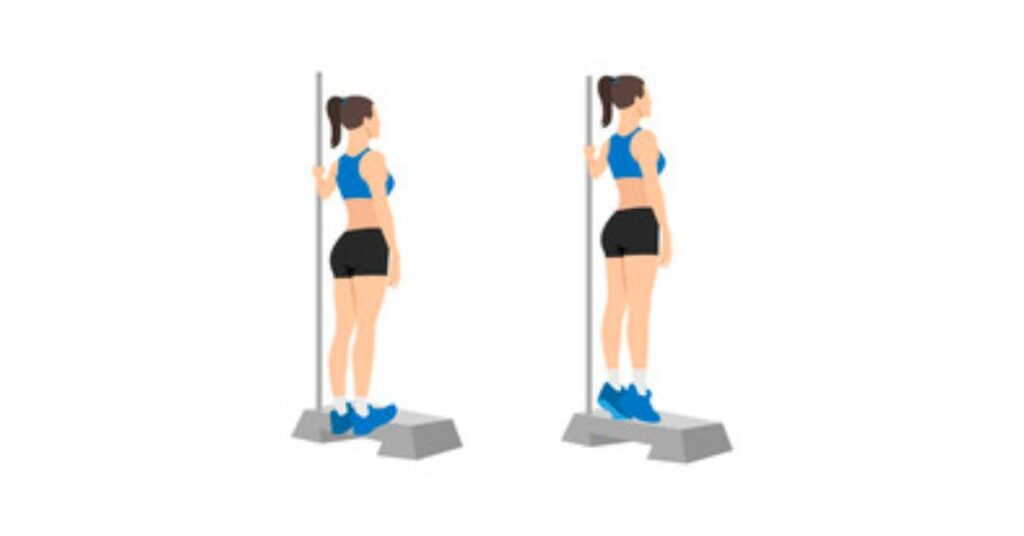
Steps:
- Stand with feet hip-width apart.
- Rise onto your toes.
- Lower your heels back down.
Benefits:
- Focuses on calf muscles.
- Improves calf definition and strength.
Jump Squats
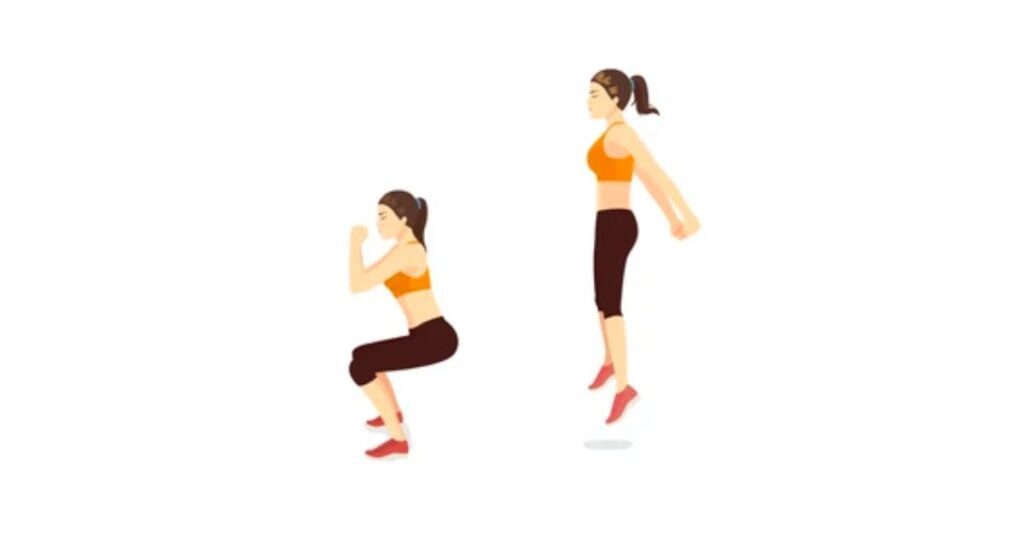
Steps:
- Perform a regular squat.
- Explosively jump up from the squat position.
- Land softly and return to a squat.
Benefits:
- Boosts explosive power.
- Works the entire lower body.
High Knees
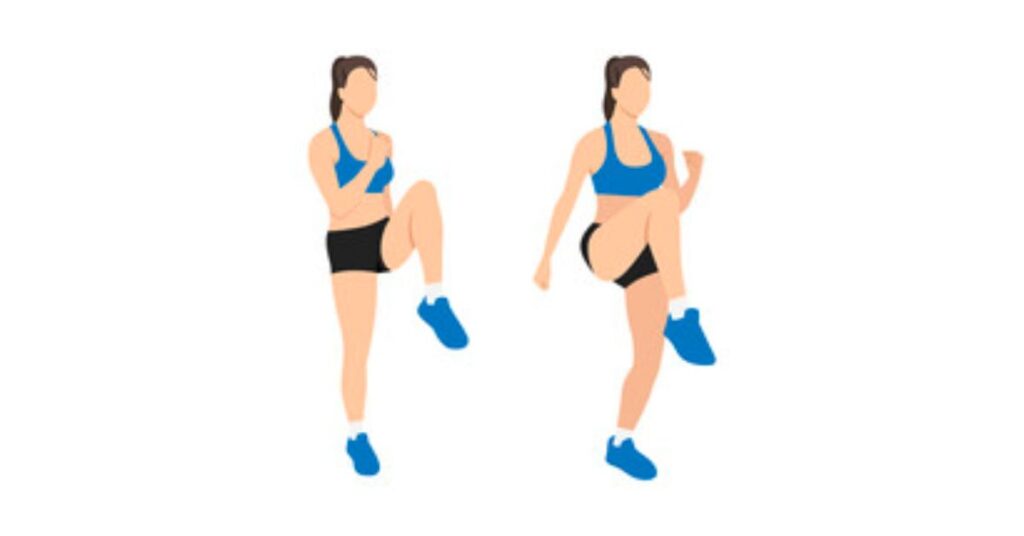
Steps:
- Stand in place.
- Lift knees as high as possible, alternating quickly.
Benefits:
- Elevates heart rate for cardio.
- Engages leg muscles and improves agility.
Step-Ups

Steps:
- Find a sturdy surface like a bench or step.
- Step onto the surface with one foot.
- Push through your heel to lift your body.
- Step down and repeat with the other leg.
Benefits:
- Targets quads, hamstrings, and glutes.
- Enhances leg strength and coordination.
Burpees
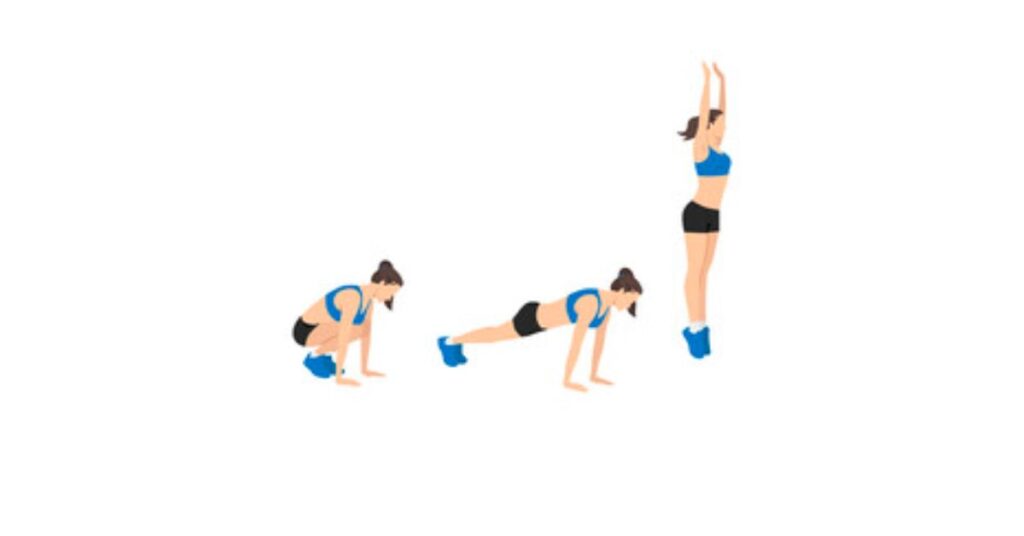
Steps:
- Begin in a standing position.
- Drop into a squat, placing your hands on the ground.
- Kick feet back into a plank position.
- Return to the squat position.
- Explosively jump up, reaching arms overhead.
Benefits:
- Full-body exercise, including legs.
- Great for cardio and strength.
Box Jumps
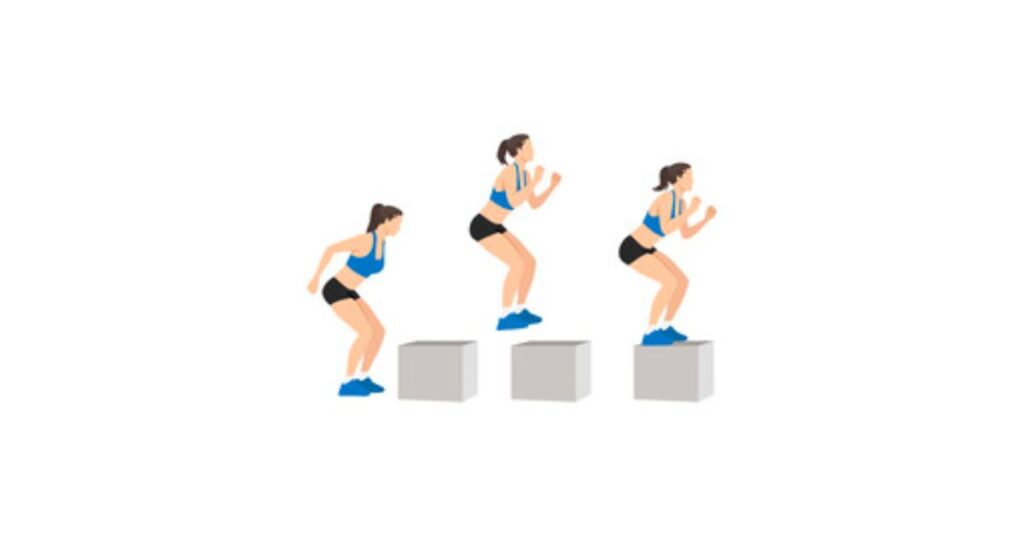
Steps:
- Stand in front of a sturdy box or platform.
- Jump onto the box, landing softly.
- Step down and repeat.
Benefits:
- Develops explosive leg power.
- Improves agility and coordination.
Leg Raises
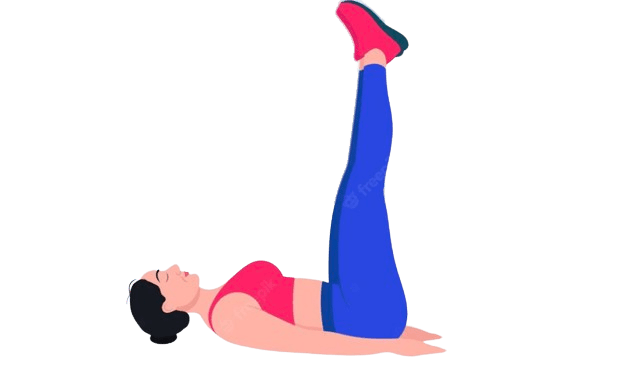
Steps:
- Lie on your back with your legs straight.
- Lift legs off the ground.
- Lower them back down without touching the floor.
Benefits:
- Targets lower abs and hip flexors.
- Enhances core strength and stability.
Donkey Kicks
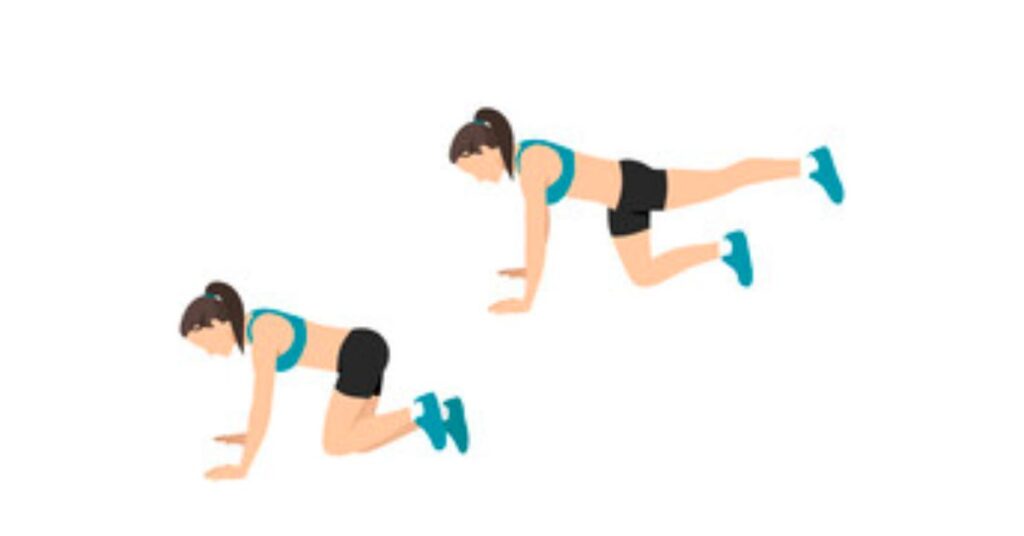
Steps:
- Start on your hands and knees.
- Lift one leg, bending it at a 90-degree angle.
- Press your foot upward towards the ceiling.
- Lower and repeat with the other leg.
Benefits:
- Tones glutes and hamstrings.
- Enhances hip mobility.
Bicycle Crunches
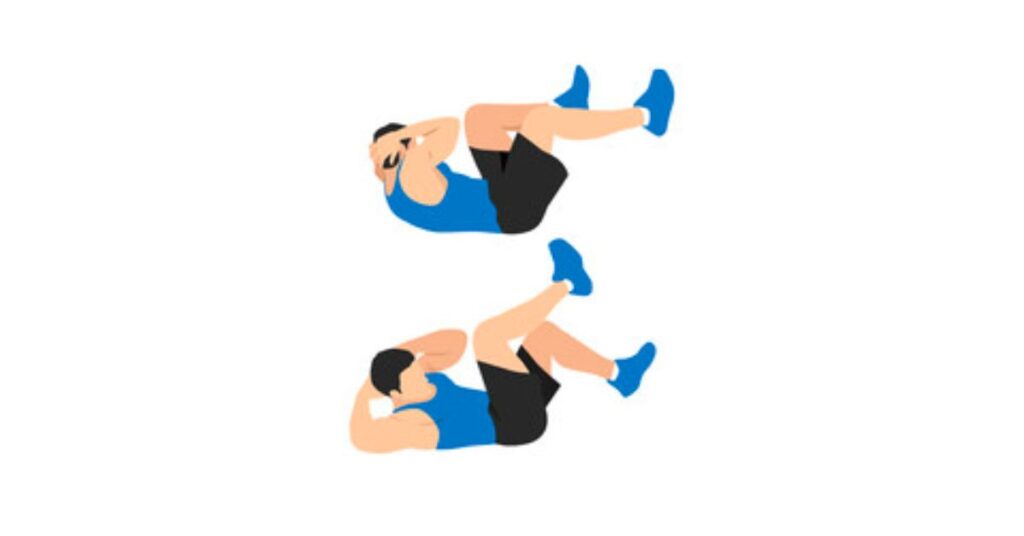
Steps:
- Lie on your back with hands behind your head.
- Lift your shoulders off the ground.
- Bring one knee towards the opposite elbow.
- Alternate sides in a pedaling motion.
Benefits:
- Engages core muscles.
- Works obliques and improves core strength.
Fire Hydrants
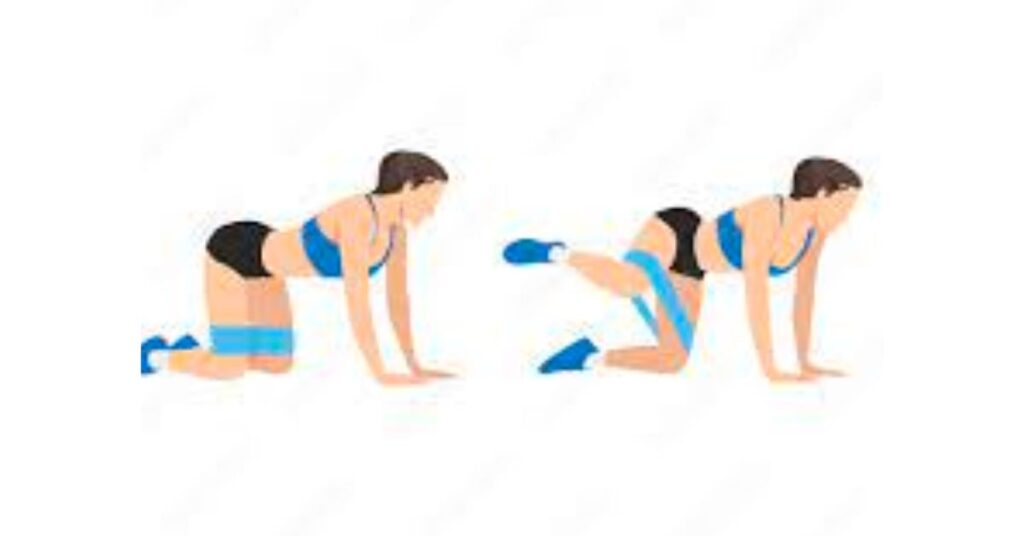
Steps:
- Start on your hands and knees.
- Lift one leg out to the side, keeping the knee bent.
- Lower and repeat with the other leg.
Benefits:
- Targets glutes and hip abductors.
- Enhances hip mobility and stability.
Standing Leg Curls
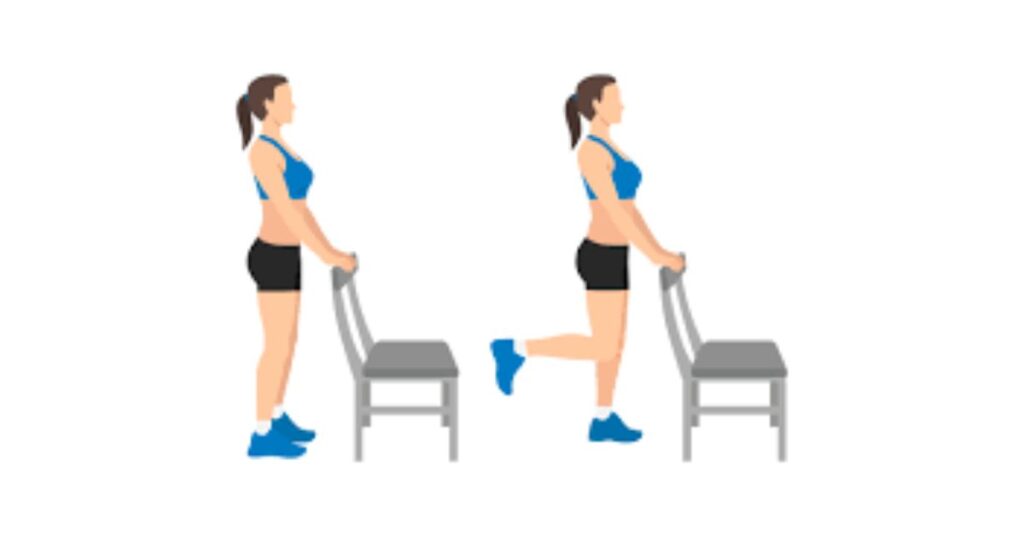
Steps:
- Stand tall, holding onto a support.
- Bend one knee to curl your heel towards your buttocks.
- Lower and repeat with the other leg.
Benefits:
- Isolates hamstrings.
- Enhances hamstring strength and definition.
Plie Squats
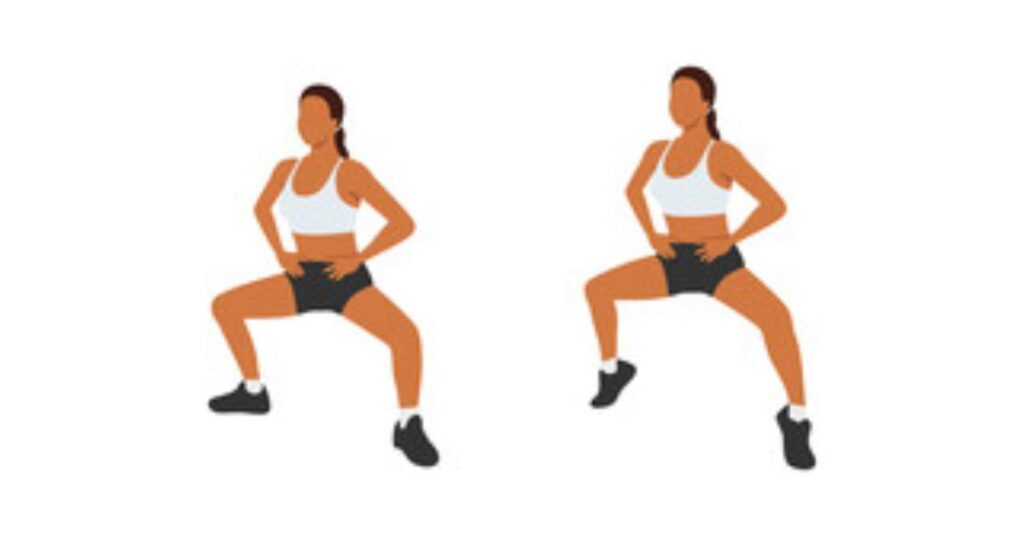
Steps:
- Stand with feet wider than shoulder-width apart, toes turned out.
- Lower your body, keeping your back straight.
- Return to the starting position.
Benefits:
- Targets inner thighs, quads, and glutes.
- Enhances leg and hip strength.
Frog Jumps
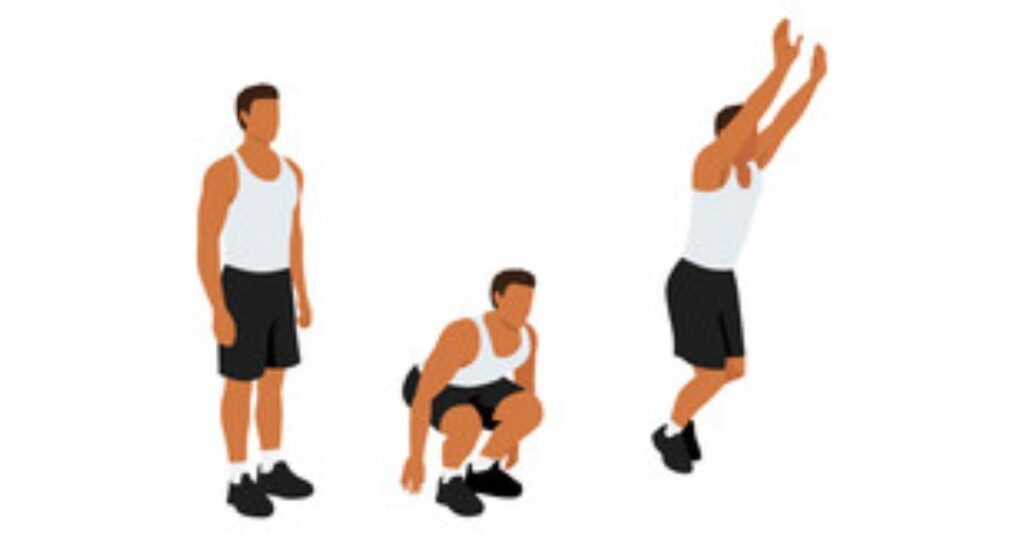
Steps:
- Begin in a squat position.
- Jump forward explosively, extending legs.
- Land in a squat position and repeat.
Benefits:
- Improves explosive leg power.
- Works the entire lower body.
Tuck Jumps
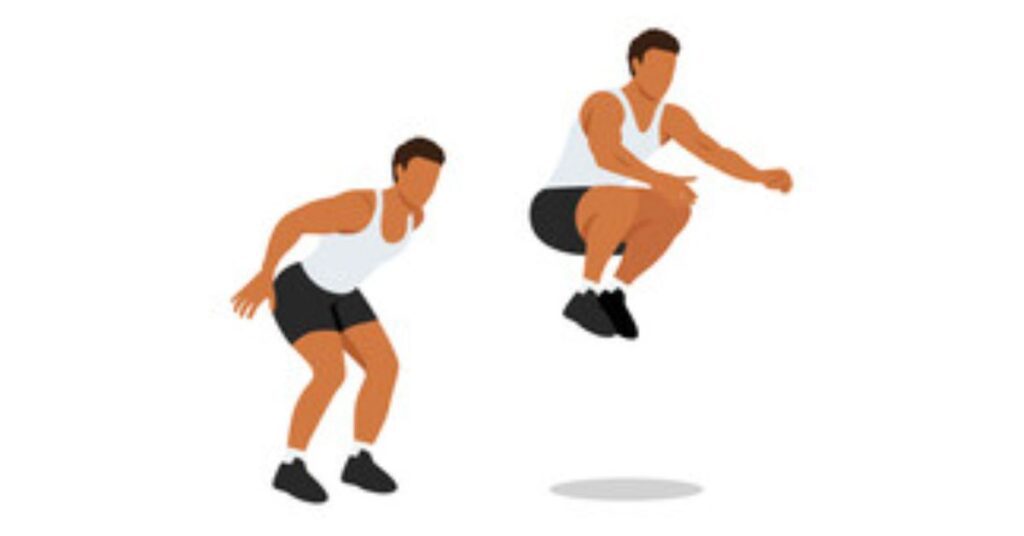
Steps:
- Start in a standing position.
- Jump vertically, bringing your knees towards your chest.
- Land softly and repeat.
Benefits:
- Boosts vertical jump and leg explosiveness.
- Increases lower body strength.
Hip Thrusts
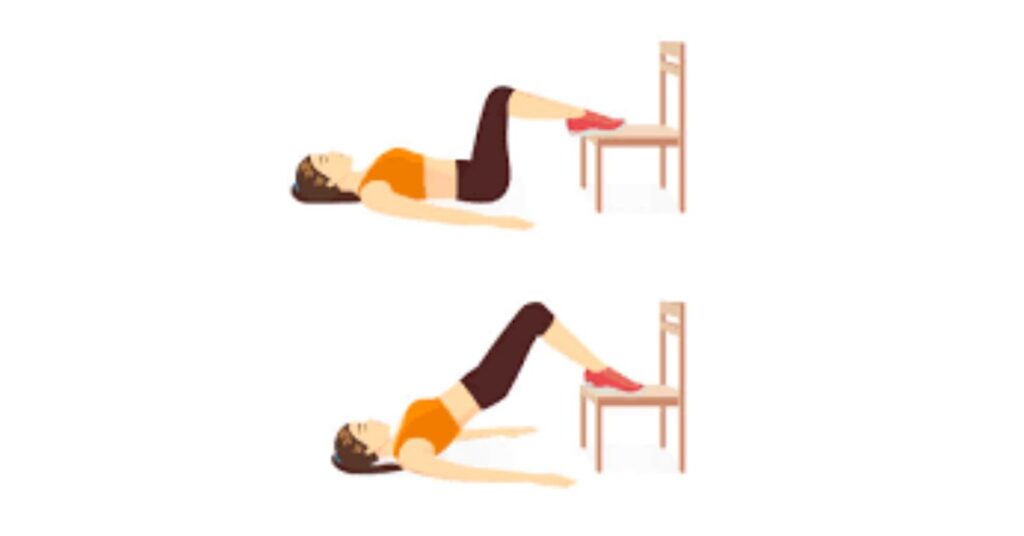
Steps:
- Sit on the ground with your knees bent.
- Lean back, supporting yourself with your hands.
- Lift hips towards the ceiling.
- Lower and repeat.
Benefits:
- Focuses on glutes and hamstrings.
- Enhances glute strength and hip mobility.
Wall Leg Lifts
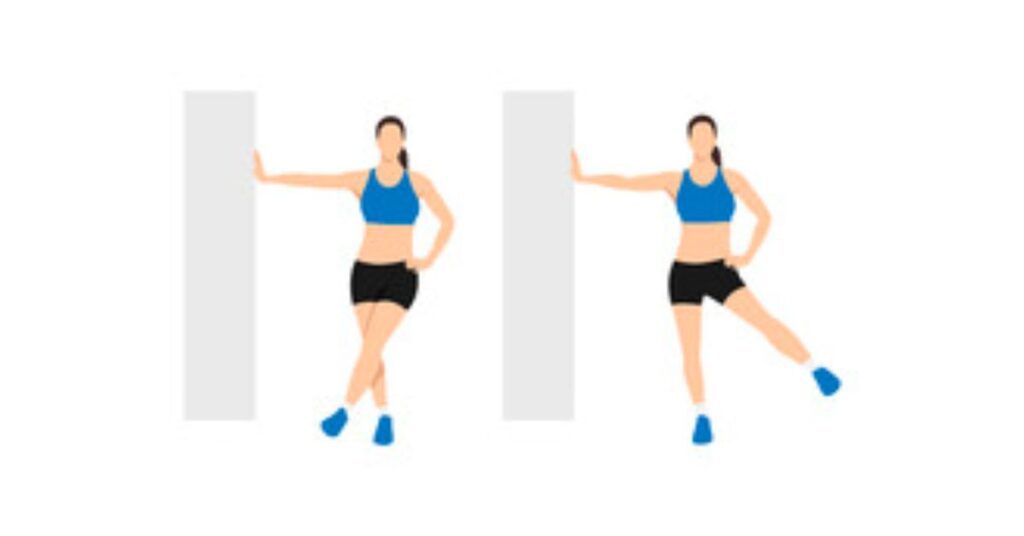
Steps:
- Stand with your side facing a wall.
- Lift your leg out to the side as high as possible.
- Lower and repeat with the other leg.
Benefits:
- Targets hip abductors.
- Improves hip mobility and lateral leg strength.
Standing Calf Raises
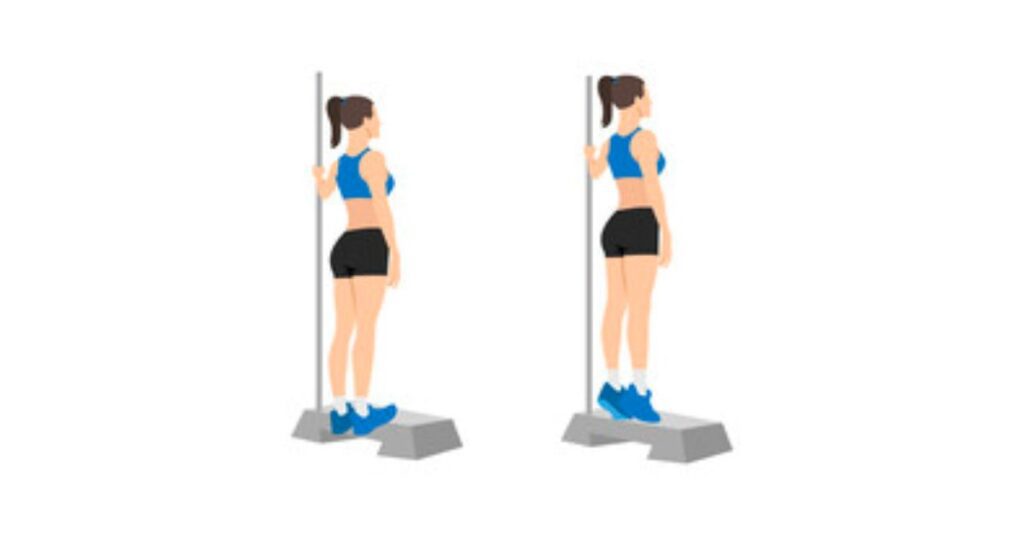
Steps:
- Stand with feet hip-width apart.
- Rise onto your toes.
- Lower your heels back down.
Benefits:
- Focuses on calf muscles.
- Enhances calf definition and strength.
Sumo Squats
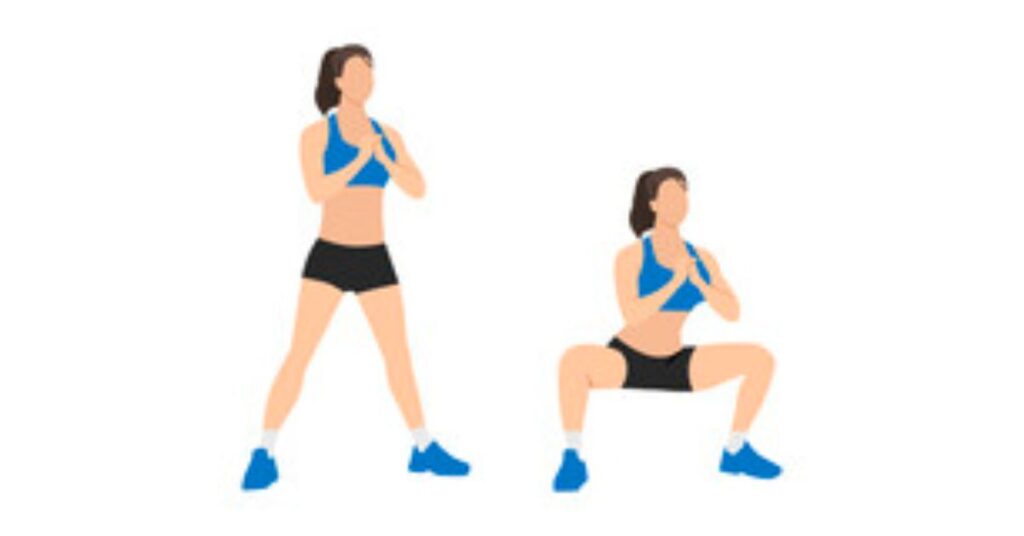
Steps:
- Stand with feet wider than shoulder-width apart, toes turned out.
- Lower your body, keeping your back straight.
- Return to the starting position.
Benefits:
- Emphasizes inner thighs, quads, and glutes.
- Enhances leg and hip strength.
Bear Crawls
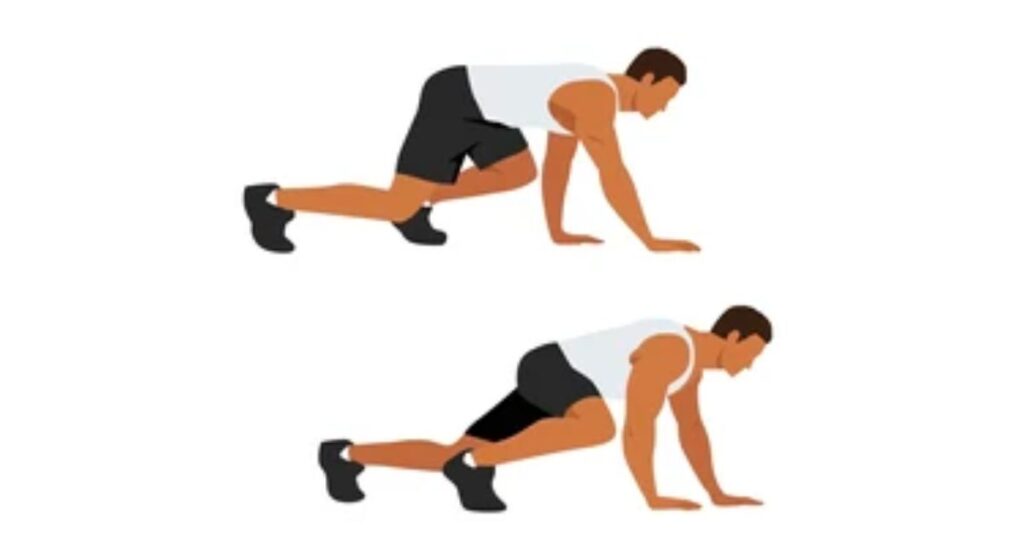
Steps:
- Start on your hands and knees.
- Crawl forward by moving the opposite arm and leg simultaneously.
- Repeat the crawling motion.
Benefits:
- Full-body exercise, engaging legs, arms, and core.
- Boosts coordination and cardiovascular fitness.
Skater Hops
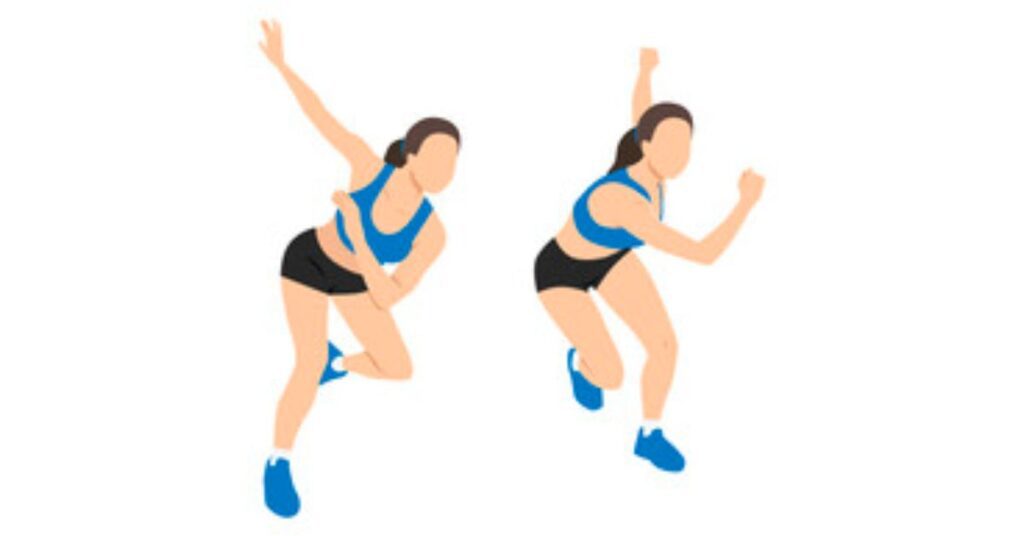
Steps:
- Stand with feet hip-width apart.
- Jump sideways to the right, landing on your right foot.
- Repeat the hop to the left side.
Benefits:
- Improves lateral leg strength and agility.
- Engages quads, hamstrings, and calves.
Running in Place
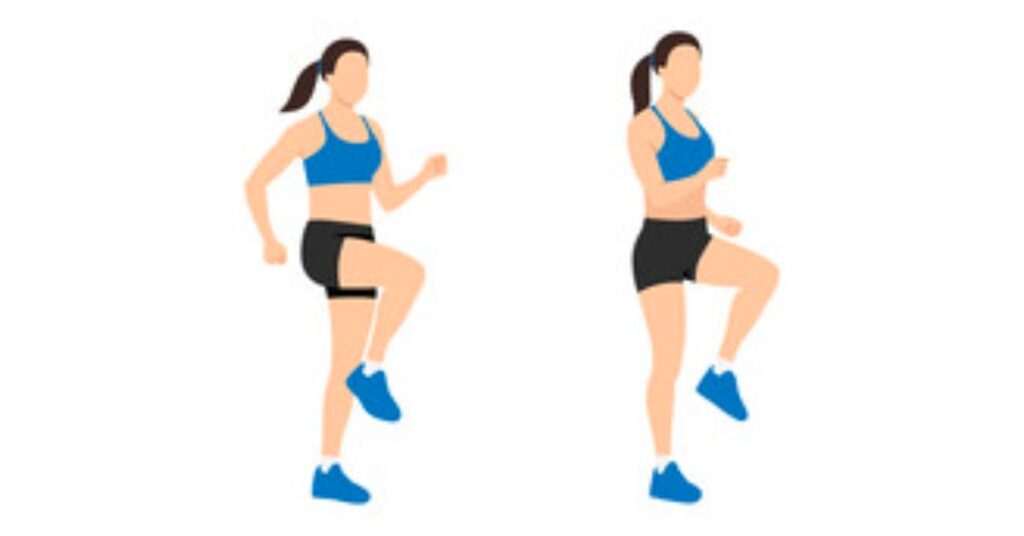
Steps:
- Stand in one spot.
- Lift your knees alternately in a running motion.
Benefits:
- Elevates heart rate for cardio.
- Engages leg muscles and improves endurance.
Side Lunges
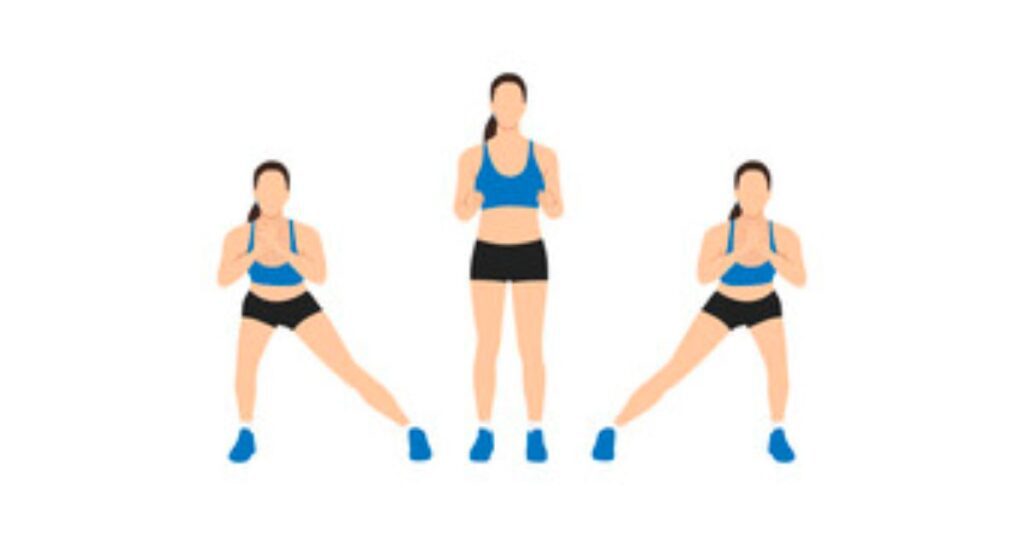
Steps:
- Stand with feet hip-width apart.
- Step to the side with one leg, bending that knee.
- Return to the center and repeat on the other side.
Benefits:
- Works quads, hamstrings, and inner thighs.
- Enhances lateral leg strength and balance.
Glute Bridges
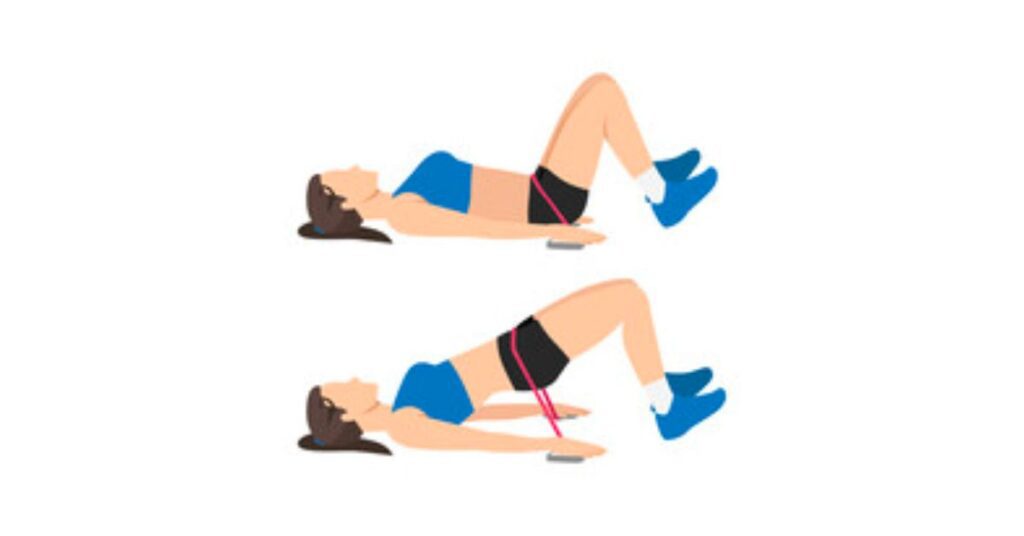
Steps:
- Lie on your back with your knees bent.
- Lift your hips off the ground, squeezing your glutes.
- Lower and repeat.
Benefits:
- Focuses on glutes and hamstrings.
- Improves hip stability and strength.
Leg Circles
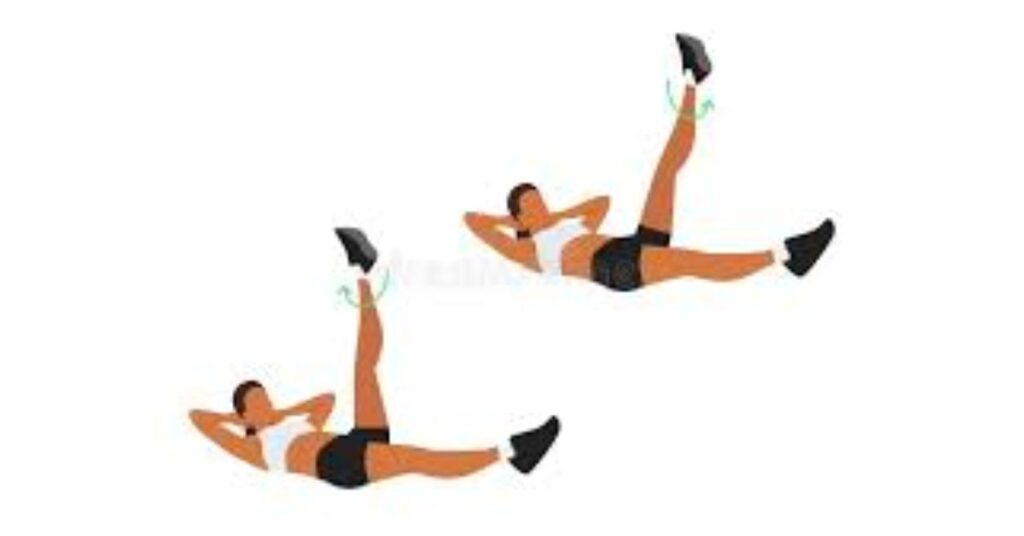
Steps:
- Lie on your back with your legs straight.
- Lift one leg and make circular motions in the air.
- Reverse the direction of the circles.
Benefits:
- Engages core and hip muscles.
- Enhances hip mobility and coordination.
Hip Abduction
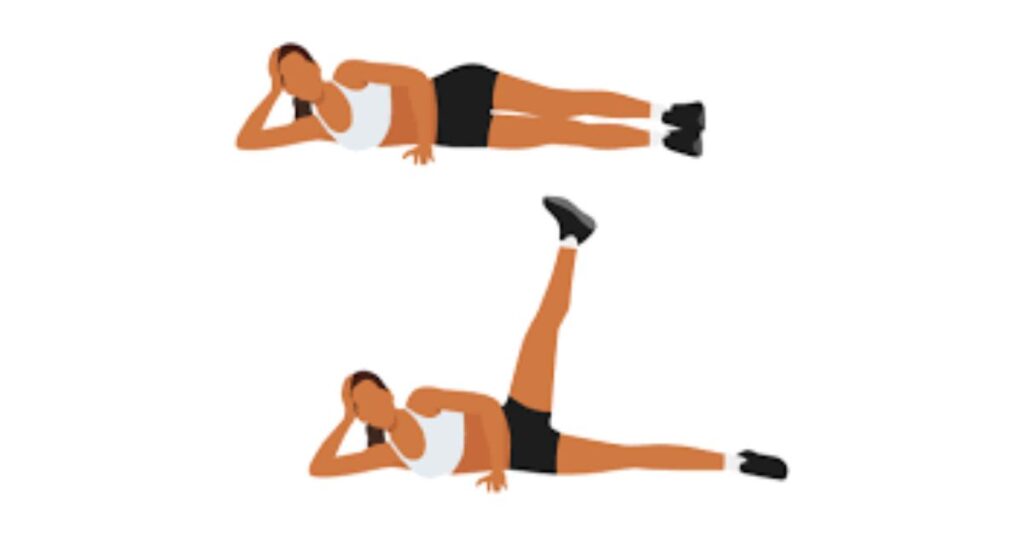
Steps:
- Lie on your side with your legs straight.
- Lift the top leg as high as possible.
- Lower and repeat.
Benefits:
- Targets hip abductors.
- Improves hip stability and strength.
Spiderman Lunges
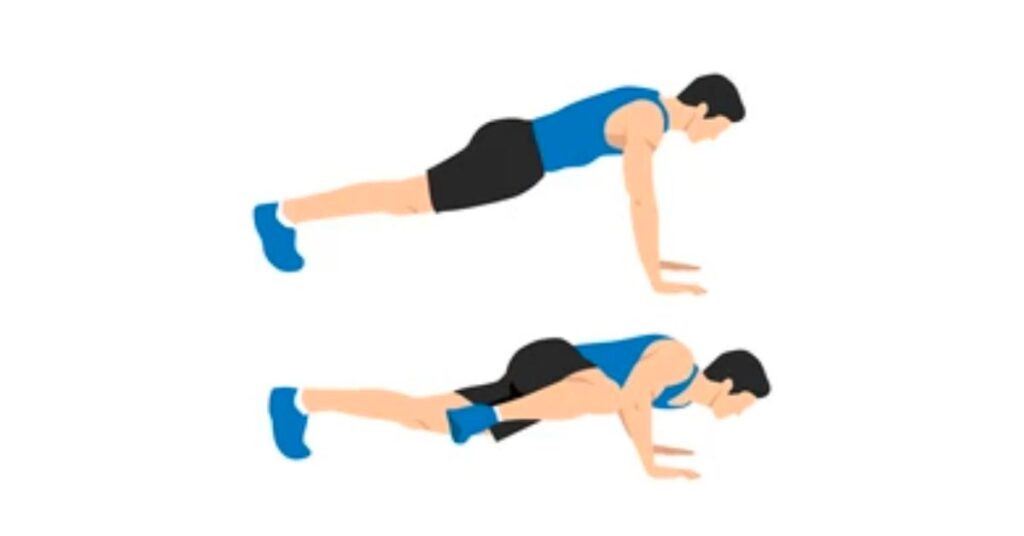
Steps:
- Start in a plank position.
- Bring your right foot next to your right hand, flexing the knee.
- Return to the plank and repeat on the other side.
Benefits:
- Combines leg strength and core stability.
- Enhances hip mobility and flexibility.
Skips
Steps:
- Stand in one spot.
- Jump vertically while alternating knee raises.
- Swing your arms as if you’re skipping a rope.
Benefits:
- Elevates heart rate for cardiovascular fitness.
- Engages leg muscles, particularly calves, and quads.
Standing Toe Touches
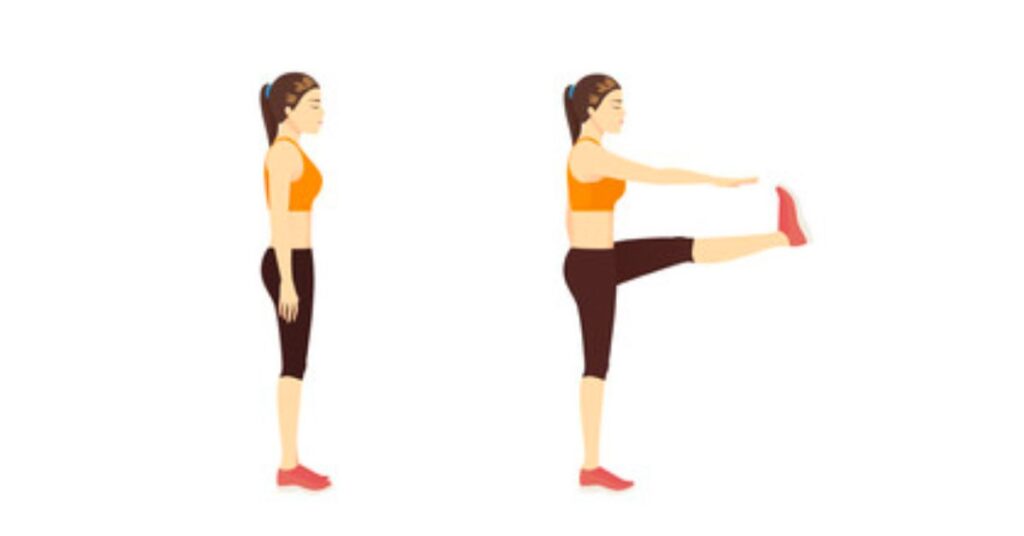
Steps:
- Stand with feet hip-width apart.
- Lift one leg and reach your opposite hand toward your toes.
- Alternate sides.
Benefits:
- Stretches hamstrings and improves flexibility.
- Engages core muscles for balance.
Plank Leg Lifts
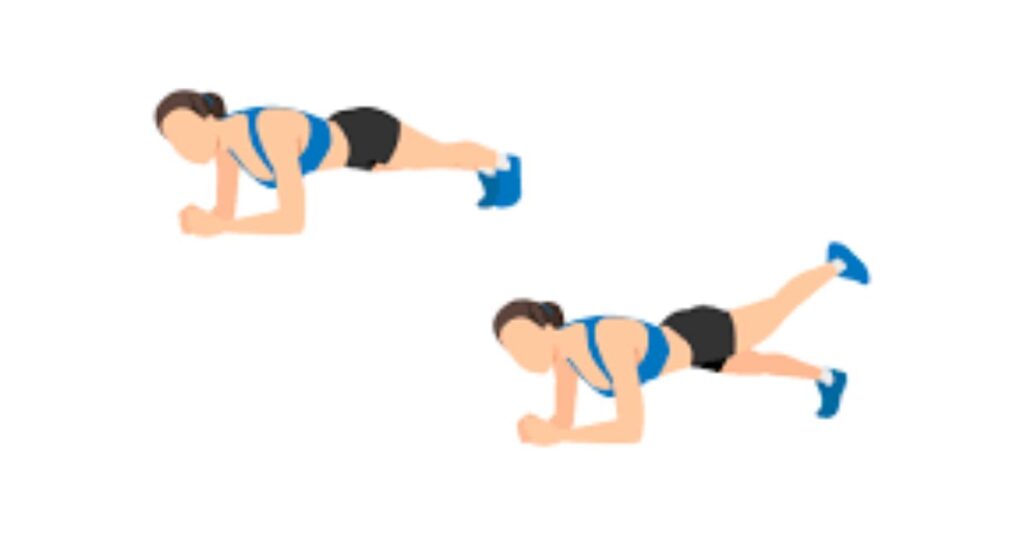
Steps:
- Begin in a forearm plank position.
- Lift one leg off the ground.
- Lower it and repeat with the other leg.
Benefits:
- Strengthens core and leg muscles.
- Enhances balance and stability.
Reverse Lunges
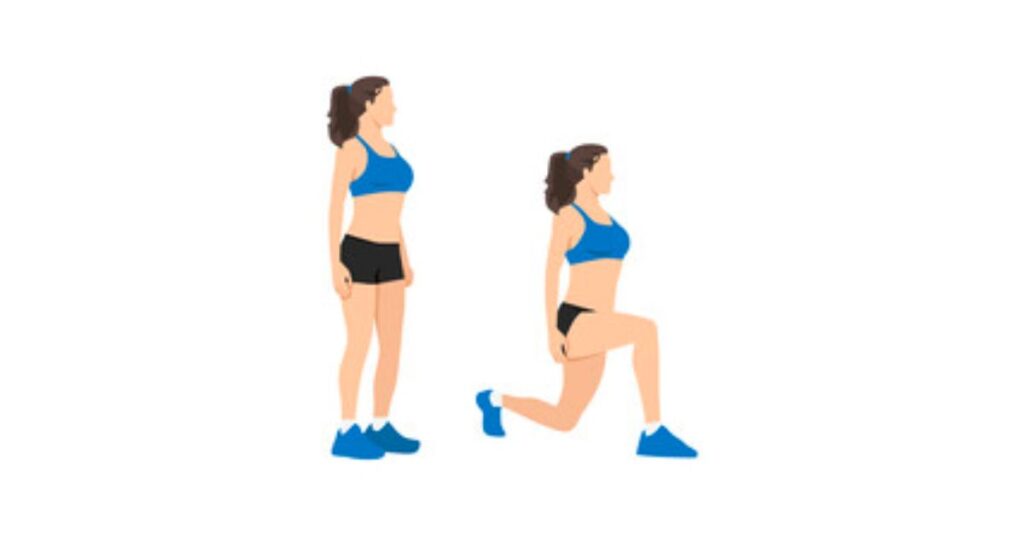
Steps:
- Stand with feet hip-width apart.
- Step backward with one leg, bending both knees.
- Return to the starting position.
- Repeat with the other leg.
Benefits:
- Targets quads, hamstrings, and glutes.
- Enhances balance and coordination.
Hip Raises
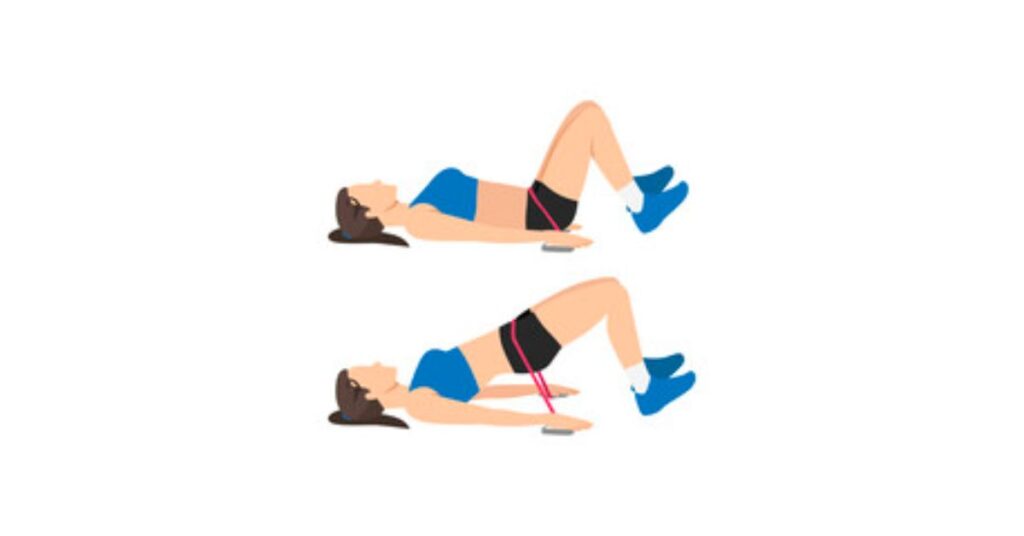
Steps:
- Lie on your back with your knees bent.
- Lift your hips off the ground, squeezing your glutes.
- Lower and repeat.
Benefits:
- Focuses on glutes and hamstrings.
- Improves hip stability and strength.
Standing Leg Swings
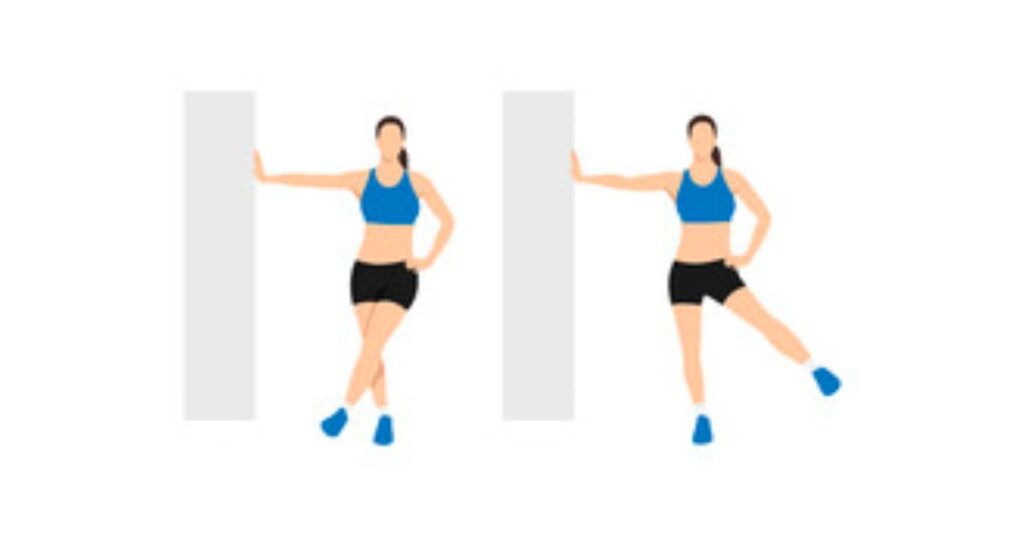
Steps:
- Stand next to a support, holding onto it.
- Swing one leg forward and backward in a controlled manner.
- Repeat with the other leg.
Benefits:
- Enhances leg mobility and flexibility.
- Engages hip muscles for improved stability.
Heel Touches
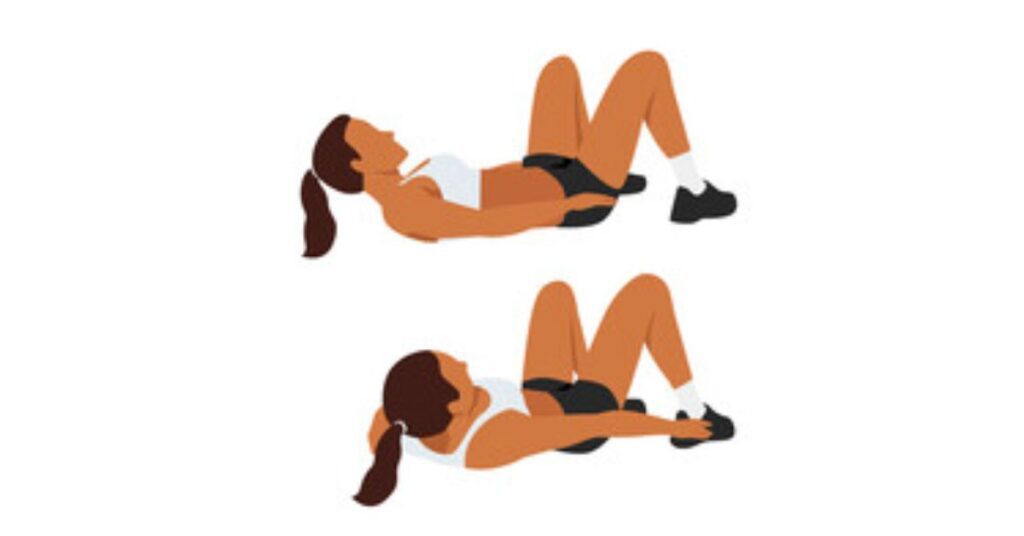
Steps:
- Lie on your back with your knees bent.
- Lift your shoulders off the ground.
- Reach for your heels by twisting your torso.
Benefits:
- Targets oblique and improves core strength.
- Enhances torso flexibility.
Wall Sprints
Steps:
- Stand facing a wall.
- Sprint in place as fast as you can, driving knees high.
Benefits:
- Elevates heart rate for cardio.
- Engages leg muscles for power and endurance.
Nutrition Tips for Optimal Results
Let’s delve into some nutrition tips that can complement your calisthenics journey and help you achieve optimal results, especially if your goal is weight loss through calisthenics.
Remember, a balanced diet is essential for fueling your workouts and aiding recovery. Here’s how to make the most of your calisthenics diet plan for weight loss:
- Prioritize Protein: Protein is your body’s best friend when it comes to calisthenics and weight loss. It helps repair and build muscle tissue, ensuring you maintain lean muscle mass while shedding fat. Incorporate lean protein sources like chicken, turkey, fish, tofu, and legumes into your meals.
- Embrace Whole Foods: Focus on whole, unprocessed foods. Opt for fresh fruits and vegetables, whole grains, lean proteins, and healthy fats. These nutrient-dense choices not only fuel your workouts but also support overall health.
- Stay Hydrated: Proper hydration is often overlooked but crucial for weight loss and performance. Water helps regulate your body temperature and aids in digestion. Drink water throughout the day, and consider herbal teas or infused water for added flavor.
- Watch Portion Sizes: Even healthy foods can contribute to weight gain if portion sizes are excessive. Be mindful of serving sizes, and try using smaller plates to help control your portions.
- Don’t Skip Meals: Skipping meals can lead to overeating later in the day. Eat regular, balanced meals to maintain energy levels and curb the temptation to snack on unhealthy options.
- Balance Macronutrients: A well-rounded diet includes a balance of carbohydrates, proteins, and fats. Carbohydrates provide energy for your workouts, while healthy fats support overall health. Balance is key.
- Plan: Plan your meals and snacks to avoid impulsive, less healthy choices. Preparing your meals ensures you have the right fuel readily available.
- Limit Added Sugars: Excessive sugar consumption can hinder weight loss. Minimize sugary drinks and snacks, and check food labels for hidden sugars in processed foods.
- Post-Workout Nutrition: After a calisthenics workout, consume a meal or snack that includes protein and carbohydrates to aid in muscle recovery and replenish glycogen stores.
- Listen to Your Body: Finally, pay attention to hunger and fullness cues. Eat when you’re hungry, and stop when you’re satisfied. Mindful eating can help you avoid unnecessary calories.
Conclusion
In conclusion, calisthenics is your ticket to a fitter, stronger, and more empowered you.
It offers the simplicity of bodyweight workouts, free from the need for costly gym equipment.
From nutrition tips to proper form and avoiding workout mistakes, we’ve covered the essentials.
Remember, safety first. Maintain proper form, progress gradually, and balance your workouts with rest.
Combine calisthenics with a balanced diet for weight loss success.
Embrace your body’s natural resistance and the power of calisthenics to achieve your fitness goals.
Stay motivated, consistent, and dedicated on this engaging journey towards a healthier you.
Your adventure with calisthenics is your path to real results.

